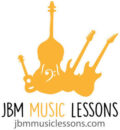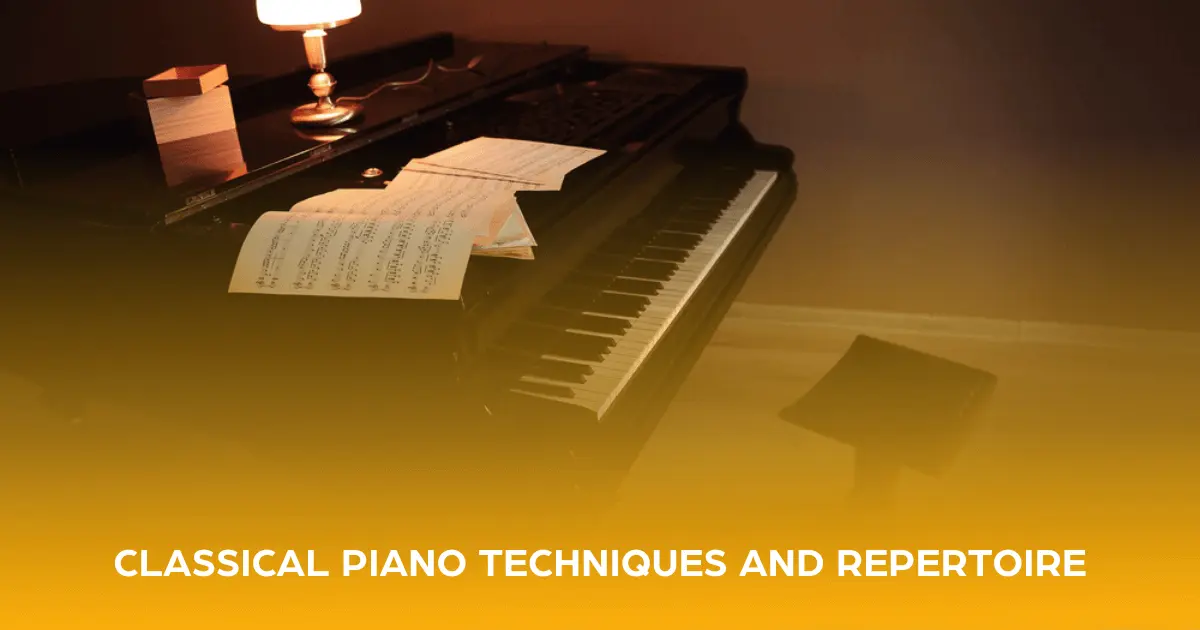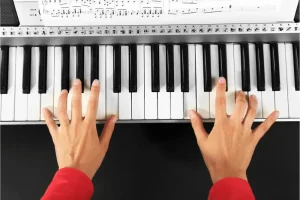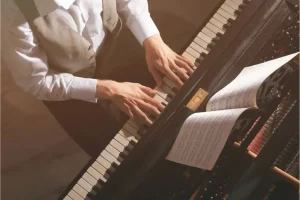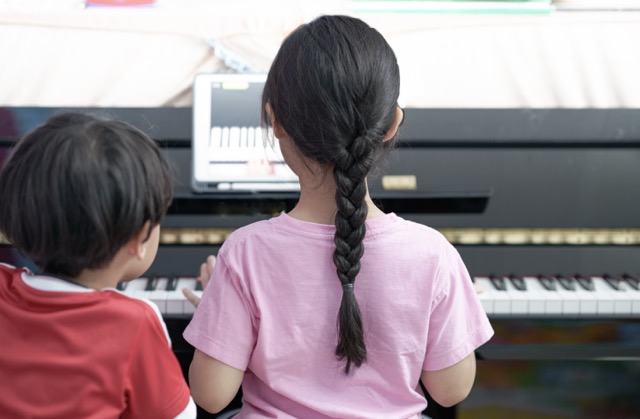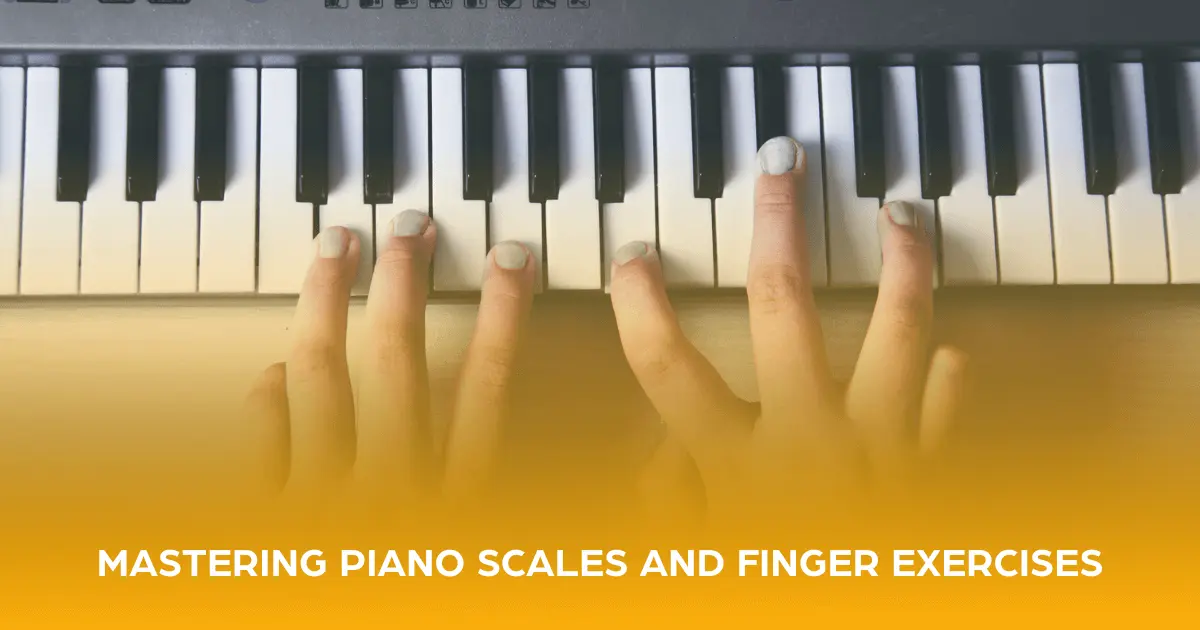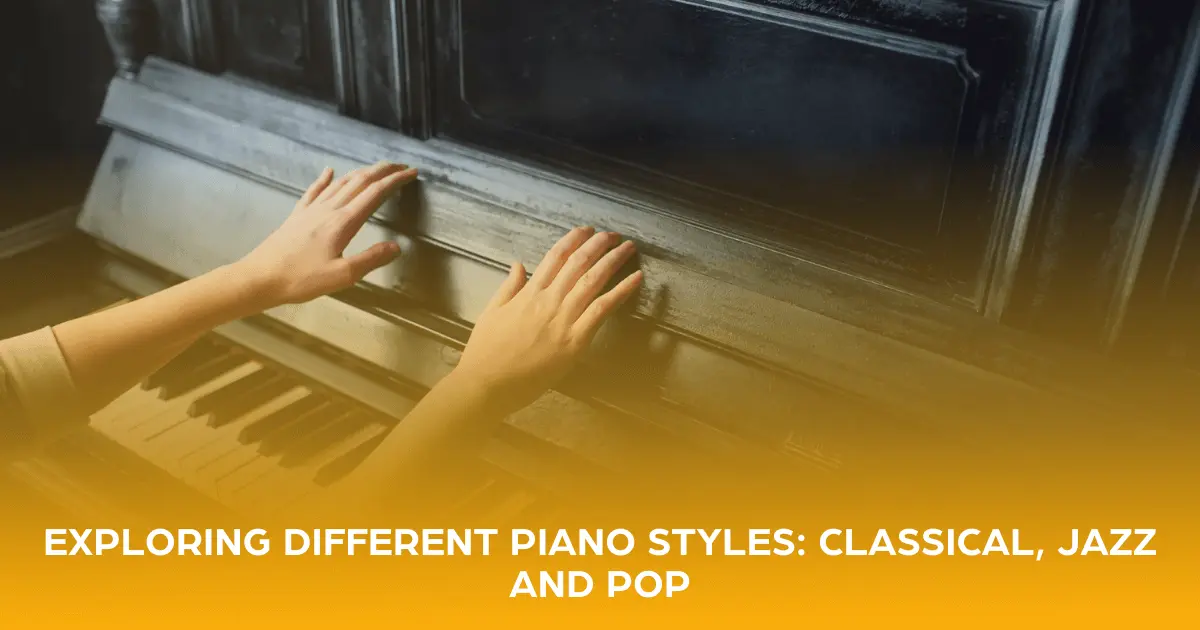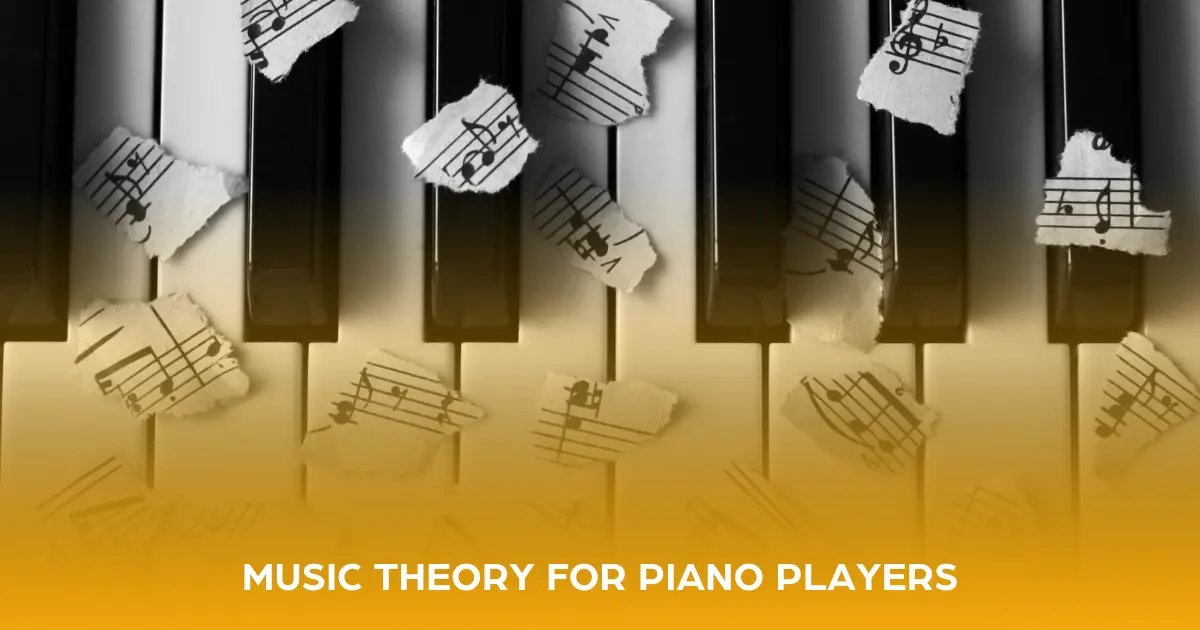Classical piano techniques are the cornerstone of a well-rounded pianist. Mastering these skills will help you achieve precision, emotional expression, and technical excellence in your performances. Let’s explore the essential techniques needed to succeed as a classical pianist.
Table of Contents
ToggleFinger Independence and Articulation
One of the key aspects of classical piano playing is finger independence. As the piano requires each finger to play independently, developing this skill is essential to producing clean, crisp sounds. Classical music demands articulation, or how notes are expressed, such as legato (smooth) and staccato (short and detached). Taking piano lessons can help you master finger independence and strong articulation, enabling you to articulate each note clearly and with emotion, which is essential in classical piano music.
To build finger independence, practice scales and arpeggios regularly. These exercises help you strengthen each finger, which is crucial for tackling more complex pieces. Focusing on proper articulation ensures that each note has its own character and fits perfectly into the musical expression.
Pedal Technique and Hand Coordination
Pedal technique plays a crucial role in classical piano. The sustain pedal and soft pedal allow you to control the sound’s resonance and dynamic contrast. Proper use of the sustain pedal creates a rich, full tone but requires careful control to avoid a muddy sound. Mastering this technique adds depth and texture to your performance.
Hand coordination is another critical technique. In many classical compositions, the left hand plays the accompaniment while the right hand carries the melody. Achieving smooth coordination between both hands is essential for classical pianists. For example, playing Beethoven or Chopin often involves intricate hand movements, where both hands need to be synchronized, yet independent in their musical roles.
Dynamic Control and Expressive Phrasing
Dynamic control is essential in classical piano. Classical pieces often require drastic changes in volume, such as crescendo (getting louder) and decrescendo (getting softer). Proper dynamic control allows you to highlight the emotional intensity of a piece, whether it’s the softness of a Chopin nocturne or the grandness of a Beethoven symphony.
In addition to dynamics, expressive phrasing is crucial. Classical music is structured in musical phrases—think of them as sentences within a musical conversation. A pianist’s ability to shape each phrase with dynamic shifts, tempo changes, and slight rubato adds life to the performance. For example, phrasing a Mozart sonata with careful attention to the rise and fall of each section brings clarity and musicality to the piece.
Mastering Classical Piano Repertoire
Finally, mastering classical piano repertoire requires combining all of these techniques into a seamless performance. Whether you’re playing a Bach fugue or a Beethoven sonata, each piece demands a balance of technical prowess and emotional expression. Practicing specific classical works allows you to integrate finger independence, pedal technique, dynamic control, and hand coordination into your playing.
Classical piano repertoire offers diverse challenges and rewards. Starting with beginner pieces like Bach’s Minuet in G and progressing to more complex works like Chopin’s Etudes or Beethoven’s Moonlight Sonata will help you grow as a pianist. Each piece presents a new technique to master, from articulation to dynamic control, and helps you become a more expressive and technically proficient musician.
Keep Your Piano Skills in Top Shape
Mastering classical piano techniques is a continuous journey, one that requires patience, dedication, and consistent practice. Developing finger independence, pedal technique, hand coordination, and dynamic control will help you unlock the full potential of the classical piano repertoire. As you progress, you’ll be able to tackle more complex pieces with confidence and expressiveness.
At JBM Music Lessons, I am committed to helping you refine your classical piano skills and broaden your repertoire. Whether you’re new to classical music or aiming to perform advanced works, I am here to guide you. Start your classical piano journey today—contact me for personalized piano lessons!
